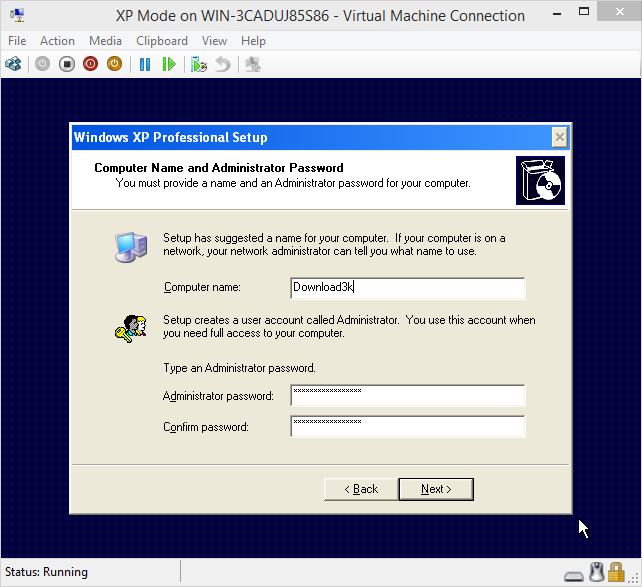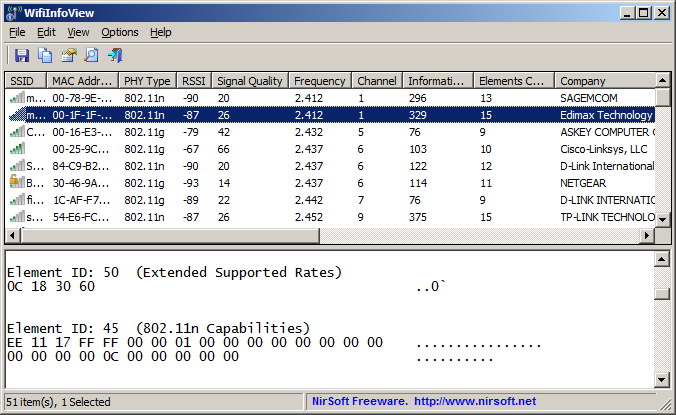Boot Camp Control Panel User Guide
After you use Boot Camp Assistant to install Windows on your Intel-based Mac, you can set the default operating system to either macOS or Windows. The default operating system is the one you want to use when you turn on or restart your Mac. Mac stock photo.
Set the default operating system
In Windows on your Mac, click in the right side of the taskbar, click the Boot Camp icon , then choose Boot Camp Control Panel.
If a User Account Control dialog appears, click Yes.
Select the startup disk that has the default operating system you want to use.
If you want to start up using the default operating system now, click Restart. Otherwise, click OK.
You can't change your startup volume to an external drive while you're using Windows.
To learn how to change the default operating system using macOS, see Get started with Boot Camp.
- Hi, I was trying to setup a XP mode in Windows 7, and copy the folder 'Virtual Machines' from C: Users User AppData Local Microsoft Windows Virtual PC to another PC. Basically, everything is working fine, but I doscovered that the MAC address on both XP mode is the same.
- Apr 11, 2019 I completely switched to ‘Linux‘ about a year ago and personally, and starting very recently, I wanted to run Windows XP because I have to use a couple of applications that're only designed to run in Windows, and for a couple of months I've been using my licensed Windows 8.1 in a virtual machine on Ubuntu 15.10 just for the sake of running those applications.
Click the Run button in the Windows Start Menu. Type cmd in the Open prompt of the Run menu and click OK to launch a command prompt window. Type ipconfig /all at the command prompt to check the network card settings. The IP number and MAC address are listed by ipconfig under IP Address and Physical Address.
Restart in macOS
In Windows on your Mac, do one of the following:
Restart using Startup Manager: Restart your Mac, then immediately press and hold the Option key. When the Startup Manager window appears, release the Option key, select your macOS startup disk, then press Return.
If you're using a Mac notebook computer with an external keyboard, make sure you press and hold the Option key on the built-in keyboard.
Restart using Boot Camp Control Panel: Click in the right side of the taskbar, click the Boot Camp icon , then choose Restart in macOS.
This also sets the default operating system to macOS.
Vmware fusion on mac mini. For more information about restarting in macOS, see the Apple Support article Restart your Mac in macOS or Windows.

In its day, Windows® XP was a great operating system. I ran it for many years on my main work computer. It was considerably better than some of its successors: even though I worked at Microsoft® when Windows Vista was released, I never moved to Vista. And don't even get me started on the debacle that was Windows 8—'a schizophrenic productivity killer,' wrote David Pogue. So, in the overall OS rating game, Windows XP was a winner.
However, Microsoft dropped support for Window XP on April 8, 2014. This means no security updates or technical support for Windows XP, and PCs running Windows XP after this date are vulnerable to viruses and malware. So I can't recommend running Windows XP on a PC connected to the Internet.
But what if you just have to run Windows XP?
Maybe you use an application that only runs on Windows XP, and the application developer has gone out of business. Maybe you have an internal, line-of-business Windows XP application that you just can't live without, but there is no time or money to get it updated. (Don't think these are actual scenarios? The US Navy is paying millions to Microsoft for support of Windows XP, so this does happen. And tech observers are stating that XP will be around for years.)
Program to run windows programs on mac. Don't have millions to pay for XP support? Just run Windows XP in an isolated virtual machine.
While by default, a VM is connected to the Internet and has tight integration with your Mac®, you can turn these both off with just a couple of mouse clicks and get an isolated VM.
Even though your Windows XP VM is isolated, you can still move files into and out of it with a USB thumb drive, as you can see in this short video:
Xp Mode Virtual Machine Windows 10
So, how can you create a Windows XP VM? There are two ways:
1.Install from scratch: If you have an XP installation CD and you can hook a CD drive to your Mac, then creating a brand new Windows XP VM is easy. (Don't even remember what an installation CD looks like? Figure 1 will jog your memory.)

In its day, Windows® XP was a great operating system. I ran it for many years on my main work computer. It was considerably better than some of its successors: even though I worked at Microsoft® when Windows Vista was released, I never moved to Vista. And don't even get me started on the debacle that was Windows 8—'a schizophrenic productivity killer,' wrote David Pogue. So, in the overall OS rating game, Windows XP was a winner.
However, Microsoft dropped support for Window XP on April 8, 2014. This means no security updates or technical support for Windows XP, and PCs running Windows XP after this date are vulnerable to viruses and malware. So I can't recommend running Windows XP on a PC connected to the Internet.
But what if you just have to run Windows XP?
Maybe you use an application that only runs on Windows XP, and the application developer has gone out of business. Maybe you have an internal, line-of-business Windows XP application that you just can't live without, but there is no time or money to get it updated. (Don't think these are actual scenarios? The US Navy is paying millions to Microsoft for support of Windows XP, so this does happen. And tech observers are stating that XP will be around for years.)
Program to run windows programs on mac. Don't have millions to pay for XP support? Just run Windows XP in an isolated virtual machine.
While by default, a VM is connected to the Internet and has tight integration with your Mac®, you can turn these both off with just a couple of mouse clicks and get an isolated VM.
Even though your Windows XP VM is isolated, you can still move files into and out of it with a USB thumb drive, as you can see in this short video:
Xp Mode Virtual Machine Windows 10
So, how can you create a Windows XP VM? There are two ways:
1.Install from scratch: If you have an XP installation CD and you can hook a CD drive to your Mac, then creating a brand new Windows XP VM is easy. (Don't even remember what an installation CD looks like? Figure 1 will jog your memory.)
Figure 1. Windows XP installation CD and packaging
This Parallels Knowledge Base article will help you go through the VM creation process. Remember to configure the VM with no network connection even before you begin installation. Windows XP can be infected with malware during the installation process.
2.Migrate a hardware PC into a VM: If you have access to a PC with Windows XP, you can use the migration feature in Parallels Desktop for Mac to create a VM. This Parallels Knowledge Base article will help you get started with the migration. The migration process will copy everything on that PC into the VM, so be sure that there are no viruses or other malware on that PC.
If you really, really need to run Windows XP, an isolated VM in Parallels Desktop provides a very cost-effective solution.
Run Xp On Mac
Try Parallels Desktop for free for 14 days!

